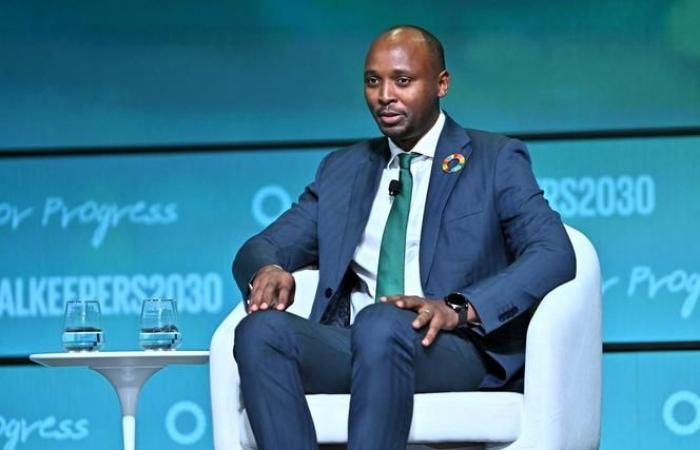Although it is too early to declare victory, international health authorities are already welcoming the work accomplished by the Rwandan government to curb the outbreak of the Marburg virus, which broke out in the country on September 27. In three weeks, the Rwandan authorities quickly put in place measures such as the isolation of patients, screening, tracing of contact cases, and allowed the launch of clinical trials to fight against one of the most dangerous viruses in the world. world.
The Marburg virus belongs to the filovirus family, the best-known representative of which is the Ebola virus, which raged in West Africa between 2014 and 2016, causing the death of more than 28,000 people. Although the infection caused by the Marburg virus is slightly less virulent than that of the Ebola virus, it presents with the same symptoms, that is to say a fever followed by vomiting, diarrhea, and even hemorrhages. at the gums, nose and anus. Epidemics are rare but their fatality rate, that is to say the number of deaths among patients, is high, between 22 and 88% depending on the virulence of the strain and the level of care.
In Rwanda, 62 cases have so far been identified, mainly in two hospitals in the capital, Kigali, and among the contact cases of caregivers. Among them, 15 people have died, 38 have recovered and 9 are still hospitalized. The case fatality rate is therefore at its lowest here, with 24% – which remains a very high rate, almost as high as smallpox. The epidemic is still ongoing, but the Rwandan Minister of Health, Sabin Nsanzimana, announced on Thursday October 17 that “the trend is positive” over the past week, with a number of new cases half as large as during the first two weeks, certain days without any new cases and above all no new deaths to deplore.
Lessons from Covid
Encouraging news, according to the World Health Organization (WHO), which even pushes Jean Kaseya, the director of the African Union health agency, Africa CDC, to hope to lower the alert level by November 7, in three weeks, which corresponds to the maximum incubation time of the disease.
The first information from the country was nevertheless cause for concern: this is the first epidemic of Marburg virus to appear in Rwanda, in a sensitive region since two thirds of the resurgences of the last twenty years have occurred in its direct neighbors (Republic Democratic Republic of Congo, Uganda and Tanzania). The fact that 85% of patients are caregivers in hospitals in the capital has also raised fears of an increase in nosocomial diseases.
You have 57.69% of this article left to read. The rest is reserved for subscribers.







